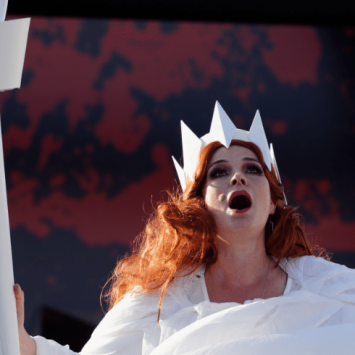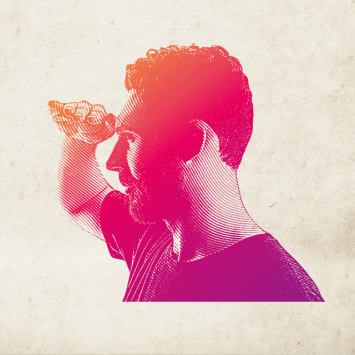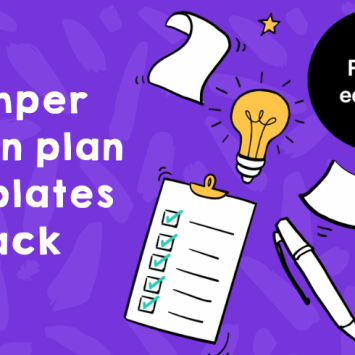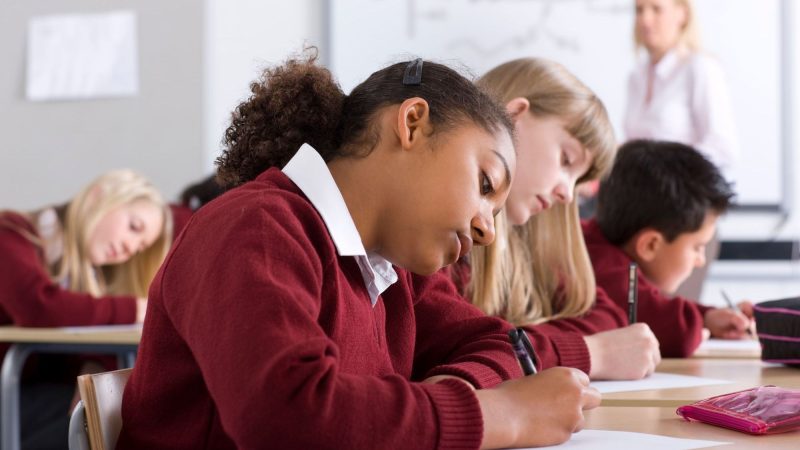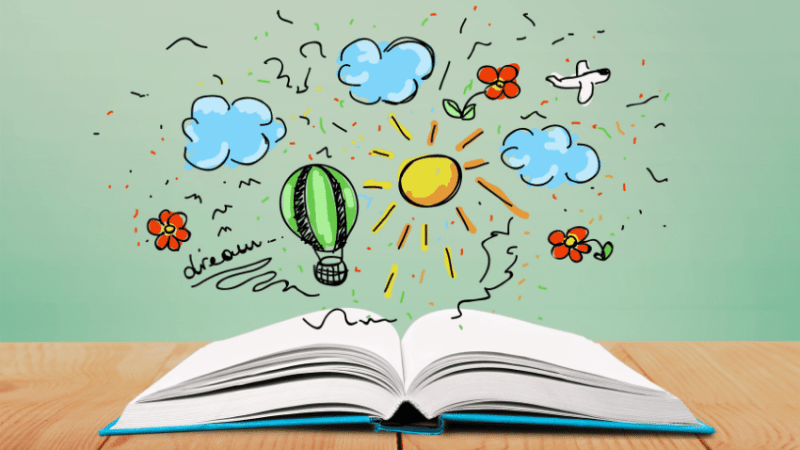Use the Powerful Appeal of Films to Explore Narratives in New Ways
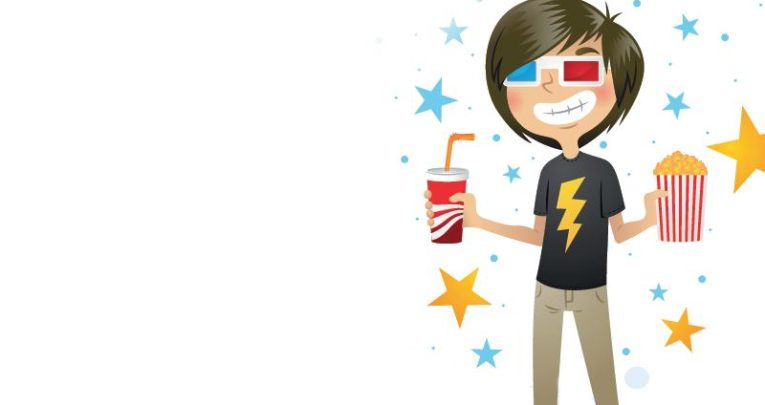
It’s not just books that tell stories – so why not use the powerful appeal of movies to explore narratives in new ways, suggests Irena Brignull
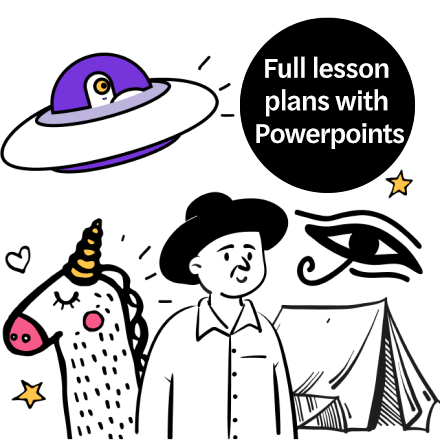
I recently found myself in a paediatric A&E department waiting for my eldest child’s knee to be seen to. Children’s books were piled on a table. A couple of them were being read, but Shrek was playing on the television and – yes, you guessed it – most of the youngsters had gravitated around that.
Now I get their choice, particularly if they weren’t feeling well. It’s often easier to be the audience than a reader. Plus, Shrek and many other movies like it are top-notch, high-quality entertainment.
And, let’s be honest, books are part of school and learning and effort, and movies just aren’t. But here’s my question: should they be? If these movies are so well-written, so well-known and loved, could they play a part in teaching children to read and write?
Now, I’m a children’s author and a screenwriter so I love both books and movies. I’m also a mum of three who’s trying to encourage an appreciation of both in my kids.
But I have to admit that, though I treasure family movie nights, the biggest thrill for me is to see my kids so lost in a book that they don’t notice anything else around them. Books do demand more but, as we know, the rewards are so very plentiful and personal.
I’m interested in anything that gets my children reading. Books – yes, of course. Comics and newspaper articles – sure, great. But how about a scene or two from a screenplay?
A deeper understanding
The other day I tried it. I gave my youngest a couple of pages from my screenplay of The Little Prince to read. He had watched the movie so knew the plot and the characters, which helped motivate him.
Reading the parts felt like more of a game than a chore. With his school reading books, one of my common negotiating ploys is to take it in turns – you read one paragraph, I’ll read the next.
With the script pages, this ‘taking it in turns’ approach was no longer a bargaining chip but instead, a necessary part of the process.
I played the Aviator and he played The Little Prince, and believe me, there is something truly lovely about hearing Saint Exupery’s iconic words – “Please, draw me a sheep” – spoken with the voice of a child.
The next night, we tried The Boxtrolls, another animated movie I’ve written. My son knows this story even better.
It concerns a boy and his boxtroll family and, remembering this, my son used more intonation and expression when he read the lines. He was really understanding it – not just the meaning, but the humour and emotion as well.
It helped that the layout of the dialogue was easy for him to track, and although him seeing it on screen first might seem a bit like ‘cheating’, actually, this was the magic of it. His familiarity meant that he could fully interpret it.
We were able to discuss the characters and their dilemmas in a way we’d simply never done before.
Scenes for reading and writing
I have no teaching experience so, teachers, please forgive any naivety or ignorance on my part as I offer you up some examples of how you could potentially use movies as a learning resource. Take a film that the children all know and love.
For me, the screenplay for Finding Nemo is one of the best, layering plot, character and themes within a beautifully crafted structure.
Pick out a couple of key scenes: the angler scene in the dark depths of the ocean is a great, funny two-hander and a brilliant counterpart to the scene following Nemo and Marlin’s reunion at the end; Dory’s ‘just keep swimming’ philosophy from the first clip turns into a rousing call for unity in the face of destruction in the second.
After they’ve viewed the clips, get the children to read the scenes, preferably more than once so their confidence can grow. This is easy to do with screenplays, perhaps more tricky with passages of prose from novels.
Talk about who the characters are at the start of the story and how their adventure changes them. This is a key component of screenwriting. In script meetings, we talk a lot – for years sometimes – about a character’s journey and how events affect psychology.
In Finding Nemo, the overly protective parent has to recognise that it is his paranoia that has put his child in jeopardy. He must put his fears aside, embrace life and all its risks, and have faith in his son.
I’m hoping that screenplays might offer children a different, more performance based reading experience. But trying to write a scene has many benefits too.
I’ve started going into schools and doing workshops on the difference between screenwriting and novel writing. With the older students, I give them a passage from my first novel (one that’s mostly prose, with plenty of description of setting and inner thought) and we adapt it into a scene of action and dialogue.
With the younger children, I use a classic fairy tale. I’ve found that writing a scene can seem a less daunting task than writing a story from scratch. As it’s mainly dialogue, there is less of a disconnect between how a student might think and speak, and how they write.
Moreover, a scene is much easier to edit than a piece of prose. Since most of script writing is editing, I’ve encouraged the children I work with to have a second and even third go at their script, cutting dialogue that isn’t necessary, thinking about when to start a scene and when to finish (often part-way into the action).
Adapt and inspire
Adapting a movie scene into a novel one is also a brilliant exercise. For instance, look at the section in The Little Prince movie where the Aviator has to tell the Little Girl that she can’t go with him when he leaves to see the Little Prince.
The lines are full of subtext and emotional undertones. We reworked this scene so many times, trying to give it both delicacy and power.
How would this moment differ in a novel? Would it tell us how the Little Girl is feeling? Would it explain the hard message that the Aviator is really trying to convey? Without the visuals, the music, the performance, how would the setting, the mood, the characters be described?
Well known movies offer incredible opportunities to talk in depth about character and themes. Recent Oscar winner, Zootopia, tackles racism. Inside Out takes us into the brain and looks at the coexistence of joy and sadness.
Friendship is dramatised in Toy Story, eastern philosophy in Kung Fu Panda, feminism in Frozen, loss and healing in Kubo and the Two Strings, and childhood in The Little Prince, to name just a few.
These stories are rich in ideas and emotion. And best of all they are loved. They have so much to teach us. Why not learn from them?

